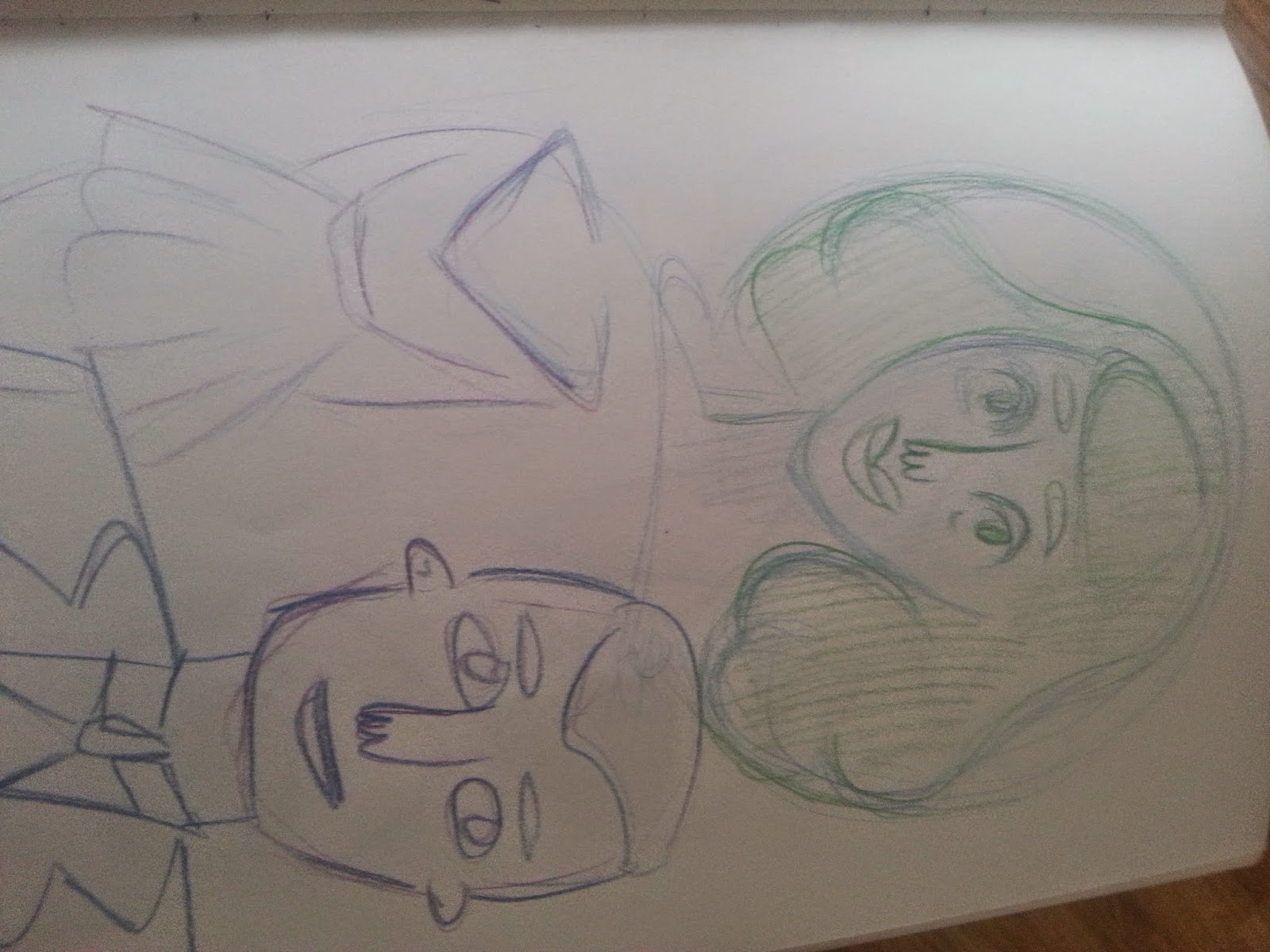- What skills have you developed through this brief and how effectively do you think you have applied them?
With the first brief; That's Pants, being a group project, it really helped me develop my group work skills, although the brief wasn't as successful as we would have hoped, it definitely made me realise the plus and negative sides of working in a group, and the best way to tackle it. Because I decided to use Illustrator for both brief 2 and 3, it really helped me develop my digital skills, because I had really been wanting to learn how to use programs to create better looking digital work, forcing myself to use something that I was not completely comfortable with using helped me to learn how to put my ideas onto the screen and develop them digitally.
- What approaches to/methods of image making have you developed and how have they informed your concept development process?
Because I wanted to get more practice using it, I decided to use Illustrator for brief 3, after I quite enjoyed using it during brief 2. Because of the way that Illustrator works, I had to make my work quite bold and made up mainly of shapes to work with the vector program. I enjoyed this limitation and the way that it made me think about how I would communicate my own personal way of working on a platform that I'm not used to using. While I was developing the concept of my work I had to keep in mind that I would be working digitally, so it wouldn't be as easy to have shading and tone, so I would have to use shape to create this, I enjoyed the challenge of having to think about how my work would translate to digital and having this influence my development.
- What strengths can you identify in your work and how have/will you capitalise on these?
I think that because I have been using Illustrator more, my skills creating digital work have greatly improved, especially in brief 3, I thought these outcomes were my best yet, not only because of the aesthetic I created working digitally but also the ability to create and maintain a colour palette and co ordinate it throughout your work to create a series, which is a lot harder to do when working non-digitally. I intend to capitalise on these by continuing to work digitally to further improve my work and help me to become more comfortable working digitally. I also want to start developing work and testing out ideas using Illustrator instead of hand drawing it, because I think it'd be easier to then translate this into finished pieces.
- What weaknesses can you identify in your work and how will you address these in the future?
I noticed a couple of weaknesses in brief 3, I was happy with the way that my postcards and stamps turned out but then I had trouble creating a final A2 poster that I was happy with. I knew what I wanted to include in the poster but I found it difficult to plan out and make a composition that I was happy with, as I'm not really used to working at such a large scale with such a specific subject matter. I think that the best way to address these problems I am having with large scale composition would be to practice scaling up smaller work and also taking more time to plan out future large pieces of work. I think that working digitally will also help me with this, especially when using vectors, because it is easier to scale work up, while still keeping the same amount of quality and detail.
- Identify 5 things that you will do differently next time and what you expect to gain from doing these?
- I intend to be a bit more adventurous with my final outcomes, I want to employ different ways of working, like more etching and screen printing, and also trying out Risograph printing, as I think this will help to identify and follow a stronger direction that I want my work to take.
- I will again keep pushing myself to focus more on development work, although I think I have done this well in brief 3, I intend to keep working at it and producing more to help influence my final outcomes.
- I will work harder to incorporate things that I have learnt from different modules, like skills from Visual Language into my work so that I can continue to find new and interesting ways of working that work well for me
- I also want to try and communicate more of myself into my work; more of my opinions, things I like and dislike and more of my humour, as I think this has worked well where I have employed it in previous briefs.
- Finally I intend on planning my time more, although I finished the last brief in good time, I want to carry on doing this and keep creating lists and start making more timetables to help me manage my time.
- How would you grade yourself on the following areas?
Attendance - 5
Punctuality - 5
Motivation - 4 (leaning towards 3 closing to the end)
Commitment - 4
Quantity of work produced - 3
Quality of work produced - 4
Contribution to the group - 5



















































